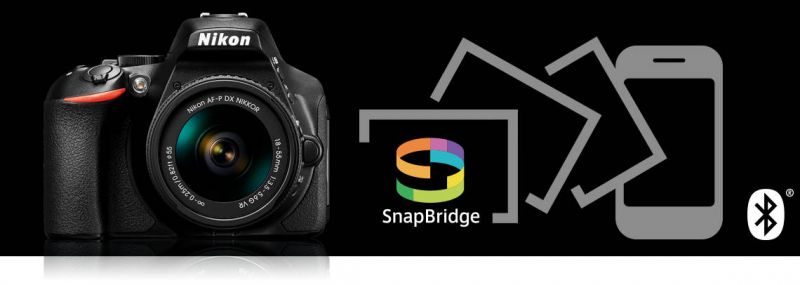
With the introduction of the D500 Nikon released it then newest mobile transfer app, SnapBridge. Soon after the release, photographers began to realize that the application was not so much a snap as much as much as it was a bridge and the only thing bound to snap would be your patience trying to connect your camera to your mobile device.
Recently, Nikon has taken user feedback from their application and applied it SnapBridge 2.0 with a “significant update” to the user interface, screen design and menu structure in hopes to rectify previous problems of the infamous mobile application.
[REWIND: Zoner Photo Studio X | A Windows Alternative To Photoshop With HEIF File Support (New iPhone Users Rejoice)]


For those who are unaware, SnapBridge uses an always-on low energy Bluetooth connection to transfer images to your mobile device (similar to how Apple’s Airdrop works, but not as good), instead of the more commonplace Wi-Fi only method. The always-on connection is constantly paired with your mobile device even when the camera is turned off or the battery is pulled. SnapBridge 2.0 has a new power-saving mode that controls the amount of power consumed by the app when not actively connected and a new location data accuracy setting, to help conserve battery life.



In remote live view (Wi-Fi) your phone or tablet has direct access to exposure modes (P/S/A/M), shutter speed, aperture, exposure compensation, ISO sensitivity, and white balance, depending on camera model which includes, the Nikon D850, D500, D7500, and D5600.

SnapBridge can be considered the Achilles heel in what is a good current line up of cameras, with some photographs feeling strong-armed into using poorly implemented mobile applications. Here’s hoping Nikon can turn it around into something along the likes of Cascable. SnapBridge 2.0 is available for download now for iOS and Android.




Get Connected!